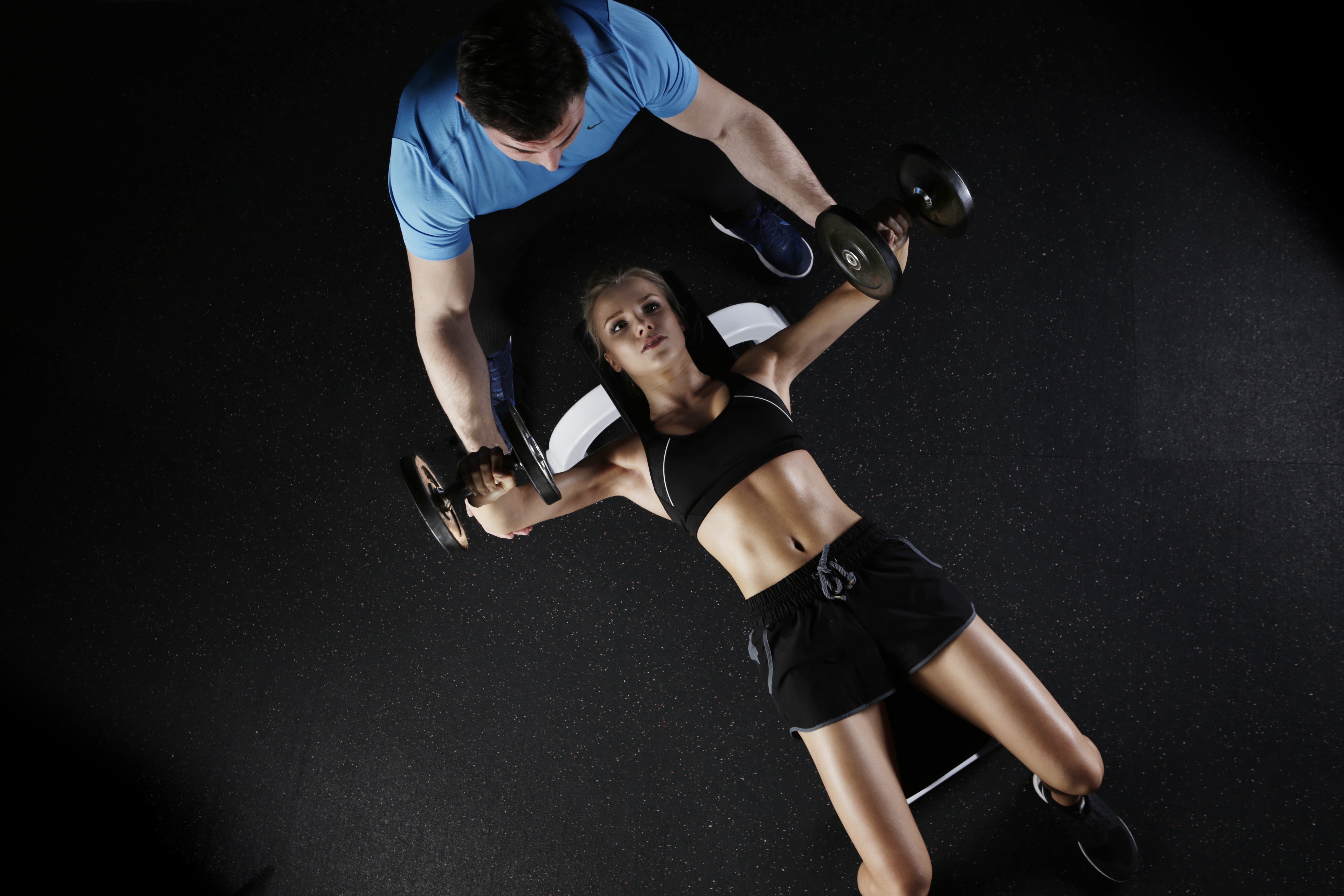Physical Rehabilitation
The goal of physical rehabilitation after surgery or an accident is to restore normal mobility. Your doctor and physical therapist will recommend assistive equipment for your recovery. Research walking aids so you can ask the best questions. Since you are most familiar with your home and work environments, you can work with your healthcare providers to find the best solution.
Crutches offer more support than a cane. A cane provides extra stability when walking. In addition to stability, crutches help remove weight from an injured leg. If you need to navigate stairs in your home, you might look at healthcaresolutions.ca/collections/stair-lifts. A stair lift allows you to use the upper level of your home. It is safer and more comfortable than either a cane or crutches.
Types of Walking Canes
Walking canes are available for hiking, injury and long-term disability. Most are constructed from wood or aluminum. Aluminum models offer height adjustment for a custom fit and may collapse for easier storage.
Common types of canes include:
- Straight or C-Hook Cane – Most common type with a straight support leg
- Offset Cane – Offers a wrist support grip at an angle from the leg
- Quad Cane (4 prongs) – Provides extra stability with four mini legs on the base
- Forearm Cane – Easier to hold and grip with added forearm support
Caution Notes: Buy a new cane that fits your body. Place it on the side opposite of the weakness or injury. Do not use the cane only for support. Instead, use your good leg and the cane for support. Switch to a different walking aid if the cane does not provide enough support.
Types of Crutches
Crutches are used for short-term or long-term injuries. Specialized crutches support individuals with a disability or disease. They provide mobility in areas where a wheelchair or scooter cannot operate.
- Axillary Crutch – Most common type with a hand grip and underarm padding
- Forearm Crutch – Allows the elbow to flex without underarm pads
- Platform Crutch – Provides forearm support for the arm to lay flat
- Strutter Crutch – Wide platform based with U-shaped underarm support
- Leg Support Crutches – Stabilizes the leg in a fixed position
Caution Notes: Look straight ahead and do not walk too quickly. Grip the handles firmly on the crutches instead of just leaning on the underarm supports. Keep your strongest leg aligned with the crutches. When climbing stairs, hold both crutches in one hand and use the other hand on the stairwell.



